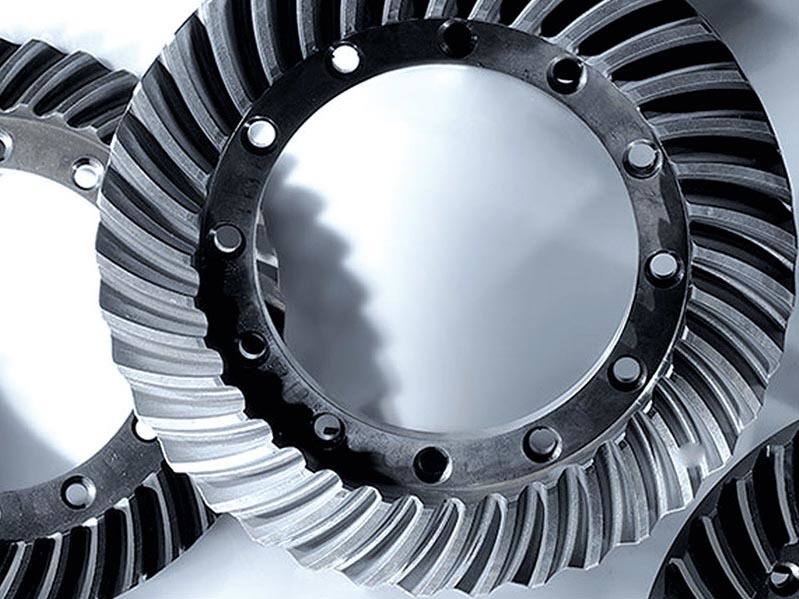What is the function of a capping machine?
2025-04

Equipment used for tightening and loosening caps on containers such as plastic and glass bottles after filling. Also known as a capping machine, capping press, or capping sealer, it is used to tighten and loosen caps on containers such as plastic and glass bottles after filling.
The bottle infeed of the capping machine has an adjustable buffer turntable. Its main function is to tighten caps on filling production lines, ensuring container sealing and preventing content evaporation and leakage. It is widely used in various industries, such as biotechnology, pharmaceutical research and development, cosmetics, personal care products, and household cleaning supplies.
Main Uses: Suitable for various cosmetics, pharmaceutical, veterinary, pesticide, and lubricating oil industries.
Principle and Characteristics: Automatic capping machines are mainly suitable for different materials, specifications, and different specifications of caps, and for screwing (rolling) caps. Applicable to screw caps, tamper-evident caps, child-resistant caps, and press-in caps. Equipped with a constant torque capping head, the pressure is easily adjustable. The structure is compact and reasonable, enabling easy connection with other equipment to form a production line; a dust cover is optional. Machine Advantages: Linear design, convenient and aesthetically pleasing for assembly into a production line.
The main unit speed uses an imported frequency converter, allowing for stepless speed regulation.
It uses a strong electromagnetic left-hand rotating torque device, completely solving the problem of inconsistent tightening of traditional mechanical friction plates during capping.
Previous page:
Related Information
Advantages of the packaging machine
To maximize profits within the given timeframe, one must ensure that their food packaging production line runs smoothly and error-free. By minimizing errors and malfunctions, the company will maximize its profits. Automation is continuously improving and expanding in the manufacturing industry.
Development Trends of Packaging Machines in the 21st Century
Vacuum packaging technology originated in the 1940s. Since the successful application of polyester and polyethylene plastic films to commodity packaging in 1950, vacuum packaging machines have developed rapidly. The main technical development trends are reflected in five aspects: high productivity, automation, multi-functionality of a single machine, the formation of production lines, and the adoption of related new technologies.




